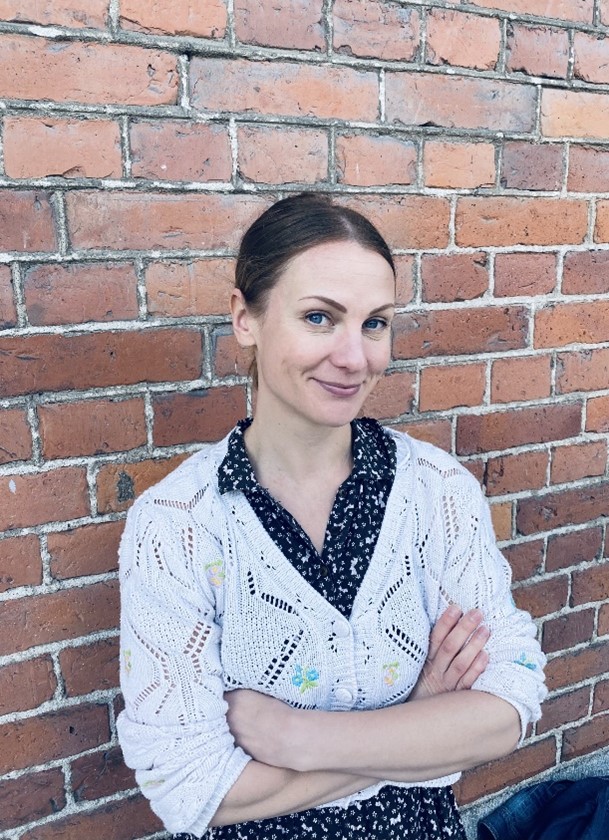
Youth street gangs have emerged as a catalyst for public anxiety and policy debate in the Nordic countries in recent years. The narrative often portrays gangs as a burgeoning and novel crisis, threatening the peace of Nordic societies. The role of social media in these dynamics should not be left unexplored. Platforms act as echo chambers where sensational news are amplified, and fear-mongering can go unchecked. The quick spread of information—or misinformation—can reinforce and exaggerate the initial fears and anxieties. With relatively little moderation on many platforms, the extreme and polarized opinions tend to dominate the discourse, leaving less room for moderate voices and more nuanced discussions. This can influence public sentiment as well as policy-making, potentially leading to harsher measures being supported and possibly implemented.
In many ways, both traditional and social media have been instrumental in framing youth street gangs as a concern of racialized youth, bringing not just the individuals but their entire families under scrutiny. Public discourse seems to around the question of blame and responsibility, and the urgent actions necessary to combat the issue. The proposed solutions frequently lean towards more punitive measures such as lowering the age of criminal responsibility, strengthening sanctions against the families of those involved, and tightening immigration policies.
Interestingly, these discussions are not only racialized but also deeply gendered and classed. The usual suspect in this scenario is the young, working-class man, often with an immigrant background. Since the early 2000s, public concerns about youth crime have become increasingly intertwined with the notion of immigrant masculinities, painting a complex picture of social anxieties shaped by understandings linked to race, ethnicity, gender and class.
But how does the general public really make sense of the street gang phenomena as presented by the media? This is the topic of my (forthcoming) study that I presented at the NSfK research seminar 2024 in Åhus, Sweden. In the study I analyse comment sections to news pieces about youth street gangs on three online news platforms in Finland during the period of October 2021- October 2023. In the analysis it became apparent that the online commentors actively engaged in negotiations of accountability, seeking to pinpoint responsibility to the individual, the families and the society. These negotiations were heavily laden with racial, gendered, and classed biases that framed understandings of what constitutes proper citizenship, decent families and proper young masculinities. Thus, the commentors not only negotiated the phenomenon at hand, but also sought to define Finnishness trough constructions of decent, middle-class, nuclear families, and associated values.
Moreover, the real question at the heart of these public debates seems to be whether the gangs are seen as a novel crisis, primarily attributed to questions of immigration, or if it is a timeless and universal issue, linked to disadvantage, and the restlessness of young masculinities in general, transcending geographical and cultural borders. This is crucial as it influences the kind of solutions proposed and supported. The question of accountable actors in public opinion are instrumental in determining what measures are deemed appropriate and reasonable, categorically dividing those who deserve support from those who do not.
In conclusion, as Nordic countries grapple with the multifaceted challenges posed by youth crime, it is important to also critically assess the narratives that shape public opinion and policy. By unpacking these complex social constructs, we can gain insight on how to address the root causes and not just the symptoms of the issue at hand.
About the author

Marja Lönnroth-Olin is a PhD researcher in social psychology at the University of Helsinki.
Her research interests touch upon troubled identities, gender and intersectional constructions of Otherness and exclusion.
Contact: Marja Lönnroth-Olin
